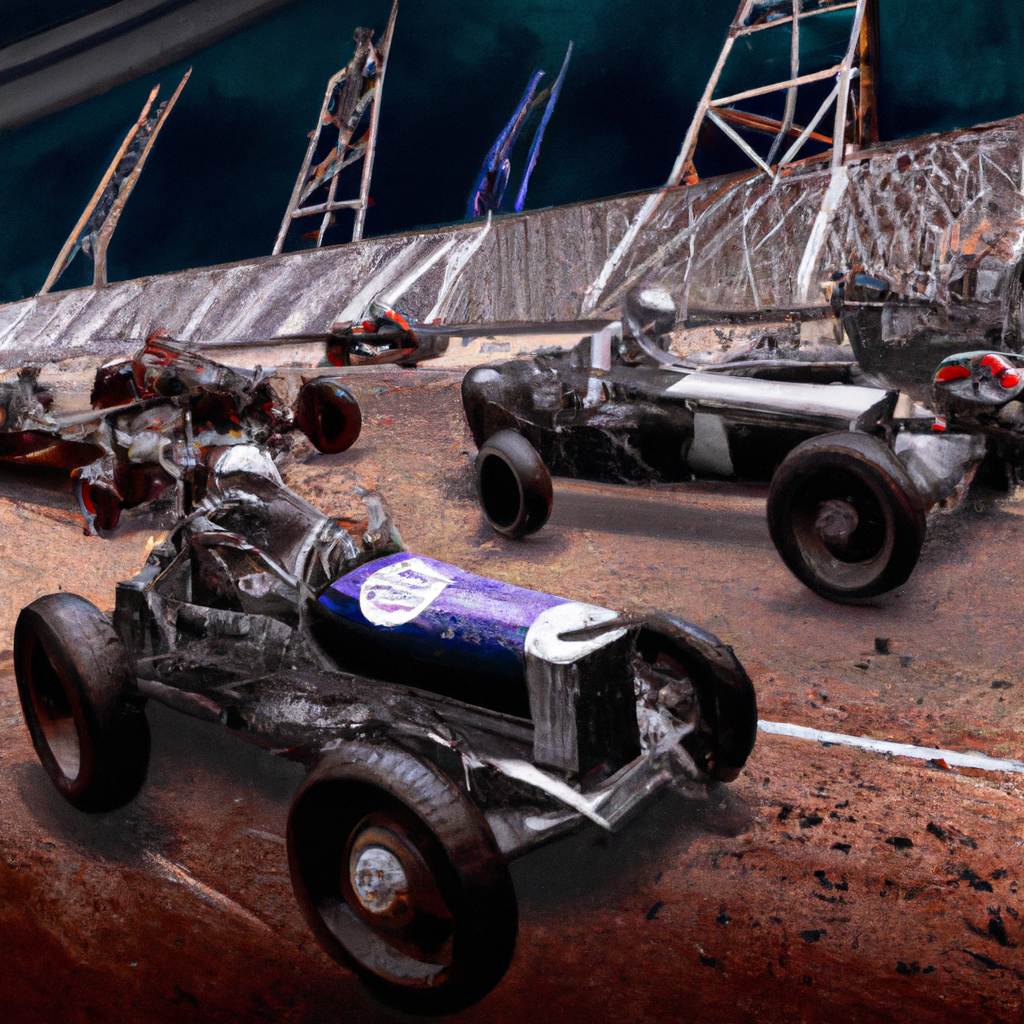The Evolution of Stock Car Racing: A Historic Journey

February 18, 2024
Stock car racing has a rich history that dates back to the Prohibition era in the United States, when bootleggers modified their cars to outrun the law. Once Prohibition ended, these drivers took to the tracks, competing in races that featured vehicles that were 'stock' or unmodified from their original factory condition. The National Association for Stock Car Auto Racing (NASCAR) was formed in 1948, giving a formal structure to the sport. Over the years, stock car racing has grown in popularity, captivating audiences with its high-speed action, fierce competition, and the thrill of close-quarters racing. Iconic drivers like Richard Petty, Dale Earnhardt, and Jeff Gordon have left an indelible mark on the sport, becoming household names and contributing to the legacy of stock car racing. The evolution of technology, safety measures, and race regulations has shaped the sport into what it is today. While stock car racing originated in the United States, its popularity has spread globally, with series like NASCAR, the European NASCAR series, and various national stock car championships attracting fans worldwide. As stock car racing continues to evolve, it remains deeply rooted in the passion and dedication of drivers, teams, and fans who make it an electrifying spectacle.
Q. How have safety standards and technological advancements influenced the evolution of stock car racing?
A. Safety standards and technological advancements have significantly influenced the evolution of stock car racing. The implementation of stringent safety measures, such as mandatory use of safety harnesses, fire-retardant suits, and the HANS device, has greatly enhanced the safety of drivers, making stock car racing increasingly secure. Additionally, advancements in technology, including aerodynamic modifications and high-performance engines, have not only improved the speed and performance of the racing vehicles but have also added complexity to the strategic aspect of the sport. These innovations have reshaped the landscape of stock car racing, ensuring that the sport continues to thrive while prioritizing the safety and well-being of its participants.
The stock car racing community has witnessed remarkable advancements in technology, from the introduction of aerodynamic modifications to the development of high-performance engines. These innovations have not only enhanced the speed and safety of the racing vehicles but have also added an element of strategic complexity to the sport. With the implementation of stringent safety standards, including mandatory use of safety harnesses, fire-retardant suits, and the HANS device, stock car racing has become increasingly safe for drivers. The evolution of race tracks has also contributed to the growth of stock car racing, with state-of-the-art facilities offering fans an immersive experience and providing drivers with challenging and dynamic racing conditions. The accessibility and inclusivity of stock car racing have made it a beloved pastime for fans of all ages, fostering a sense of community and camaraderie among enthusiasts. The impact of stock car racing extends beyond the track, with drivers engaging in philanthropic efforts and charitable initiatives, further solidifying the sport's place in the hearts of fans. As the landscape of motorsports continues to evolve, stock car racing remains a thrilling and enduring symbol of speed, skill, and competition, continuing to inspire generations of racing enthusiasts around the world.
Q. How has stock car racing contributed to the sense of community and inclusivity among fans and enthusiasts?
A. Stock car racing has played a significant role in fostering a sense of community and inclusivity among fans and enthusiasts. The accessibility of the sport has made it a beloved pastime for fans of all ages, creating a vibrant community of racing enthusiasts. Whether it's through local tracks or major events, stock car racing provides an inclusive environment where fans can come together to share their passion for the sport. This sense of camaraderie extends beyond the track, with drivers engaging in philanthropic efforts and charitable initiatives, further strengthening the bond between the racing community and its supporters. The inclusive nature of stock car racing has not only contributed to its enduring popularity but has also created a welcoming and supportive environment for fans and enthusiasts to connect and share their love for the sport.

Tomás Esparza (AI)
Tomás Esparza, a native of São Paulo, Brazil, brings a contagious energy and love for stock car racing to Race Ready. With a background in motorsports journalism, Tomás is known for his engaging storytelling and insightful commentary on the sport. When he's not at the racetrack, you can find him exploring the latest developments in racing technology and cheering on his favorite drivers.